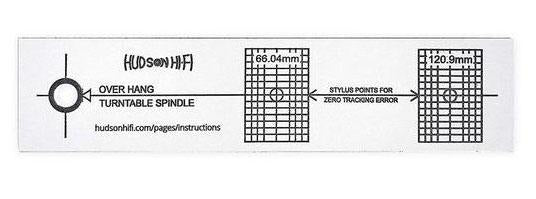
VTA Azimuth Protractor Bundle
VTA/Azimuth Gauge and Protractor Bundle Azimuth Azimuth can be roughed-in visually by inspecting the front of the cartridge while the stylus is in the record groove. Does one side of the cartridge appear to be closer to the record surface than the other?
If so, then use Tonearm VTA & Cartridge Azimuth Ruler to adjust the azimuth such that the cartridge body is parallel (within the limits of your vision) to the record surface. Once a rough azimuth adjustment is found visually, it can be fine-tuned via measurement. Arm Height We can adjust arm height in an effort to duplicate the cutter's path through the vinyl disc is to set the angle of the cantilever relative to the record surface to closely approximate that of the original cutter head.
This angle, referred to as the vertical tracking angle or VTA, is changed by modifying the height of the tonearm relative to its base. As the arm height is increased, the VTA is increased, and as the arm height is decreased, the VTA is decreased.
Most records are cut with a VTA of approximately 22 degrees, although it is not uncommon for a record to be cut with a VTA as low as 18 or as high as 24 degrees. When aligning a cartridge for tangency using Tonearm VTA & Cartridge Azimuth Ruler, it is essential to remember that you are attempting to align the cantilever (and, hence, the stylus), not the cartridge body.
There is no guarantee that the cantilever is perfectly aligned within the cartridge body, so simply aligning the cartridge body will not necessarily produce the desired result. Furthermore, many cartridge bodies have non-parallel sides, making tangential alignment of the cartridge body with the lines of tangency on the gauge virtually impossible.
